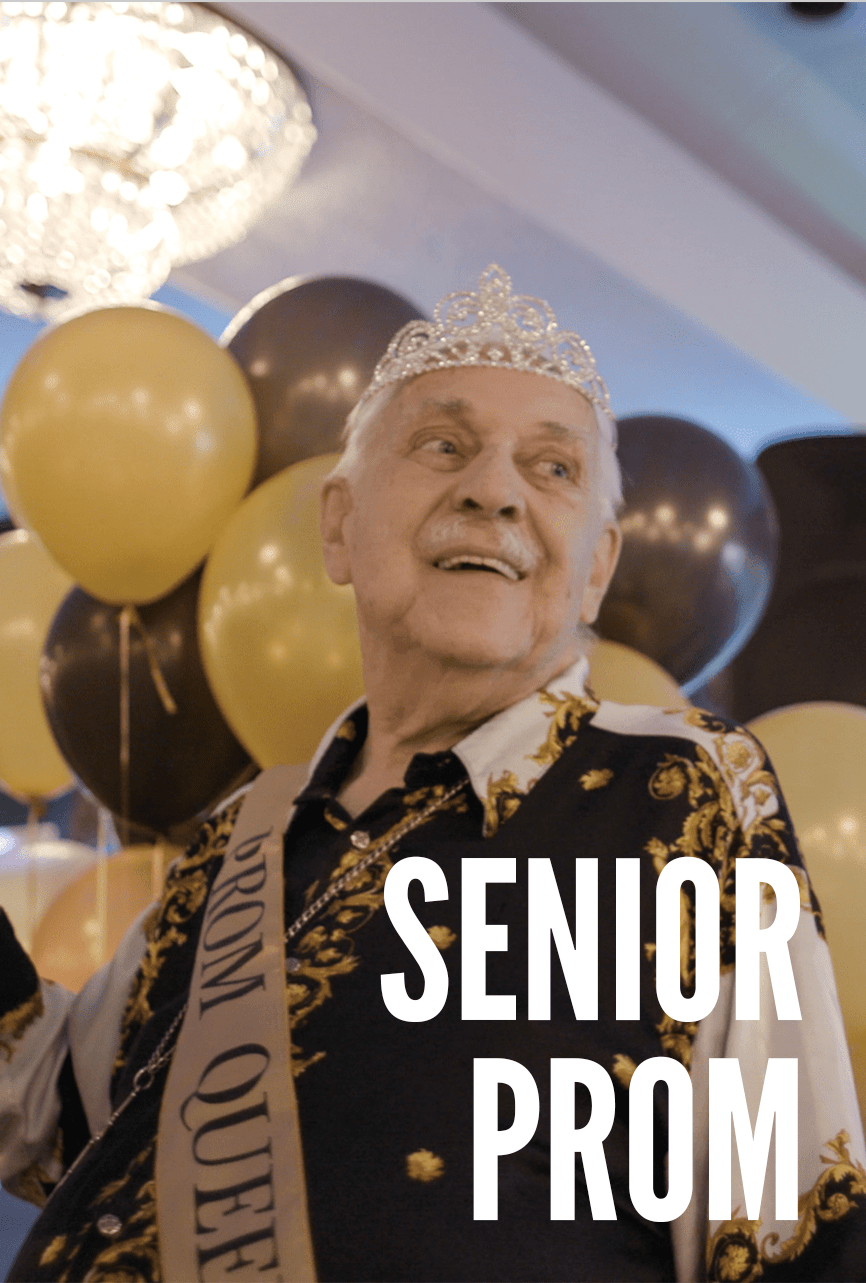Before Olympians in London chalk their hands and brace themselves against the starting block, they overcome life’s hurdles. Some of the most challenging may be society’s assumptions about what constitutes athleticism, or what sports are appropriate for a given type of person. But the competitive spirit can’t be limited by gender, religion, weight, disability, or other arbitrary boundary. Like Cheryl Haworth (the world champion weightlifter who is the subject of our Thursday, July 26th premiere, Strong!), these exceptional, unexpected, and unconventional jocks have blown up the conventional wisdom of elite athletics. Meet these inspirational iconoclasts.
1. Jackie Mitchell
At the age of 17, rookie pitcher Jackie Mitchell become the second woman to join the baseball minor leagues when she signed with the Chattanooga Lookouts in 1931. Her first game was a doozy. She struck out the legend himself, Babe Ruth, and then Lou Gehrig, one after the other. A few days after that game, the baseball commissioner voided Mitchell’s contract because baseball was “too strenuous” for a woman.
2. Sadaf Rahimi
Sadaf Rahimi muscled her way into an unlikely sport. The third woman to represent Afghanistan in the Olympic Games this summer, the 18-year old became a boxer four years ago when women were still banned from playing it by the Taliban. She was inspired to start throwing punches after she saw Muhammad Ali’s daughter, Laila Ali, fighting. “It made me realize a woman can do this,” she told The Guardian.
3. Manon Rheaume
Ice hockey is not for the faint of heart: hooking, slashing, boarding, high-sticking, and roughing are a few of the reasons head injuries are common in the sport. That didn’t stop 20-year-old Manon Rheaume from entering the rink as the first professional female hockey player. She went on to play in preseason exhibition games in 1992 and 1993, and won an Olympic silver medal in 1998.
4. Tina George
This two-time silver medal winner in the World Wrestling Championships (before women’s wrestling was an Olympic event) put her brawn to work for the United States in both the wrestling ring and the army. In 2002, she won the Army Athlete of the Year Award. In 2008 she was deployed on an 18-month tour to Iraq, where she was seriously wounded. After a stint in the Wounded Warrior program and months walking with a cane, she set her sights on one last competition — this year’s U.S. Wrestling Olympic Trials. She lost both matches, and left her shoes on the mat — the sport’s symbol of retirement.
5. Natasha Ikejiri
Los Angeles sumo wrestler Natasha Ikejiri grew up playing baseball, and it wasn’t until college she discovered a sport that sprung from her own Japanese heritage. In Japan, however, female sumo wrestling is considered inauthentic, and it only takes places at the amateur level. Ikejiri belongs to a movement of women raising the profile of female sumo wrestlers internationally: she played at the 2010 SportAccord World Combat Games in Beijing.
6. Caitlin Kelley
Pink-haired and pugnacious, 9-year-old Caitlin Kelley is a mixed martial arts (MMA) fighter who goes by the name “Meathook Kelley.” The Tampa, Florida fighter is fourth in her state for submission grappling even against boys, and thirteenth in the United States. When she’s not pummeling a punching bag with her bare hands, Kelley is swooning over Justin Bieber.
7. Bethany Hamilton
A poster girl for resilience, Bethany Hamilton out-surfs the best athletes without the help of her left arm. When the young Hawaiian went surfing at the age of 13, a shark bit off her limb just beneath the shoulder. Despite that traumatic accident, she hit the waves soon after she recuperated. Hamilton, now the subject of the blockbuster drama Soul Surfer, has won a bevy of national and international competitions.
8. Katie Hnida
Katie Hnida, both high school homecoming queen and varsity football player, become the first female to score in an NCAA Division I-A game (she went 3 for 3 in her debut). And she’s powerful outside of the football arena. After she was sexually harassed and raped (she claims by some of her teammates at the University of Colorado) she transferred to the University of New Mexico and made that squad, too. Post-graduation, she has become an outspoken advocate in combating violence against women.
9. Amanda Coulson
When Amanda Coulson first started boxing at the age of 14 in Britain, many clubs rejected her for being a woman. Finally, she was accepted to the Hartlepool Catholic Boxing Club, and went on to become a boxing pioneer in her country, winning many international matches. She was poised to fight as a lightweight after the Olympics recognized boxing as a sport in 2009, but the now 29-year-old lost her spot to rival Natasha Jonas, 27.
9. Ruqaya Al Ghasara
To represent Bahrain in the 2004 Olympic games, Ruqaya Al Ghasara had to overcome serious hurdles: the objections of her conservative village and a head-to-toe hijab. The runner, a devout Muslim, wanted to maintain her modesty on the track. Australian clothing company Ahiida designed a streamlined Hijood, a hijab that covers her head and is made from breathable, moisture-absorbing fabric. She went on to win three gold medals, three silver, and one bronze while wearing the Hijood. Al Ghasara told the Daily Mail, “I hope that my wearing the hijood sports top will inspire other women to see that modesty or religious beliefs don’t have to be a barrier to participating in competitive sports.”
10. Katie Sullivan
Drag-racing motorcycler Katie Sullivan first zoomed around the racetrack at the age of 15. A week after graduating high school, she became the youngest female to qualify in NHRA pro stock motorcycle history. Now a full-time small business student, Sullivan also manages two businesses of her own: Kalifornia Katie’s Trailer Sales and a graphic design company, Tough Girl Designs. She teaches young girls to be leaders through the nonprofit Girls For A Change. On top of all that, she continues to race.
11. Niklas Stoepel
- Niklas Stoepel and his teammates. (via http://www.derwesten.de/)
Men are busting sports stereotypes, too. Seventeen-year-old Niklas Stoepel is the only competitive male synchronized swimmer in Germany, and because he is male in a traditionally female sport, the international swimming federation FINA banned him from competing in this summer’s London 2012 Olympic Games. Stoepel told Spiegel Online: “Many of the judges are more strict in their scoring of me than they are with my female competitors. It’s not fair. But I haven’t given up my dream of one day competing in an international championship.”
Watch Strong! on Independent Lens on July 26 — the night before Opening Ceremonies for the London Olympics! — at 10 PM (check local listings for air times in your area).



























